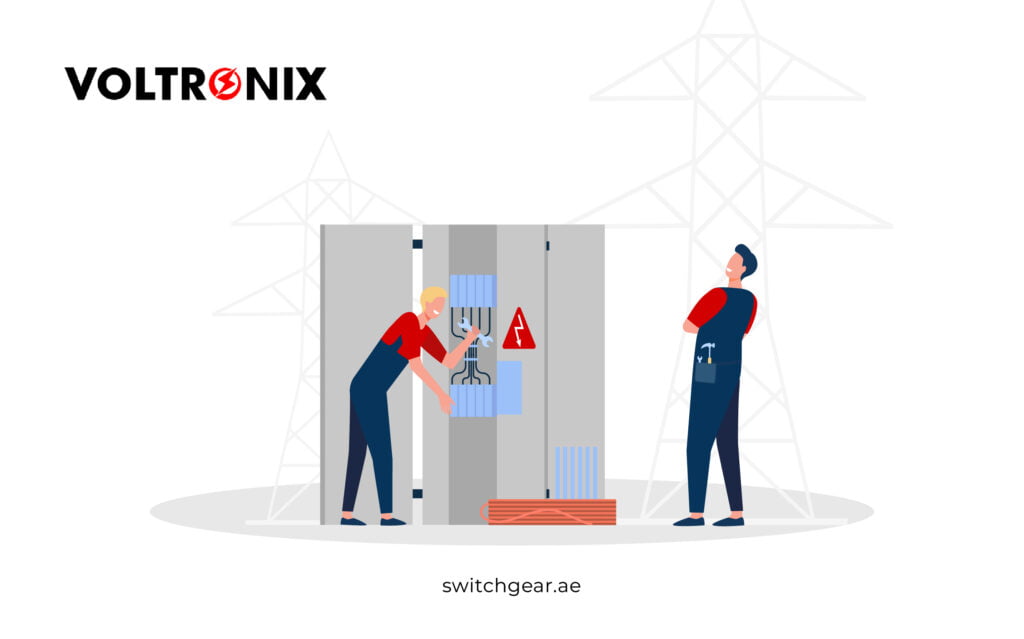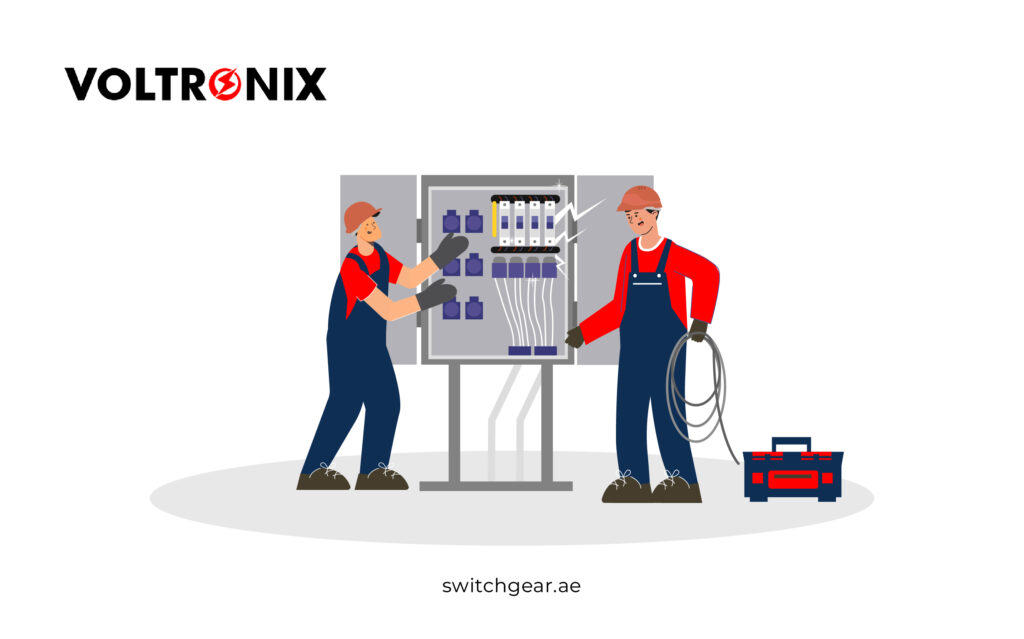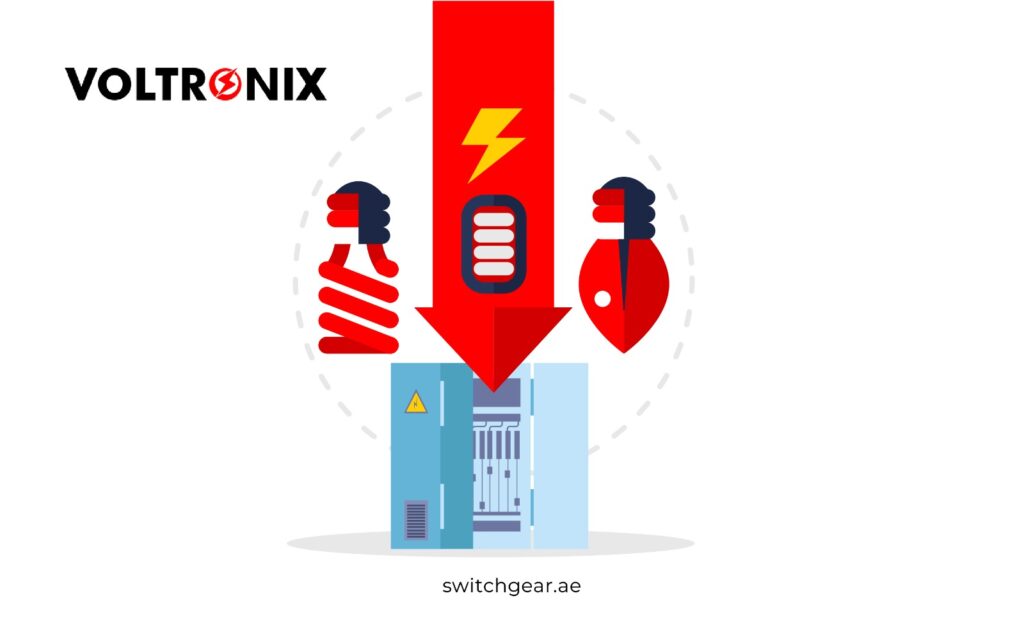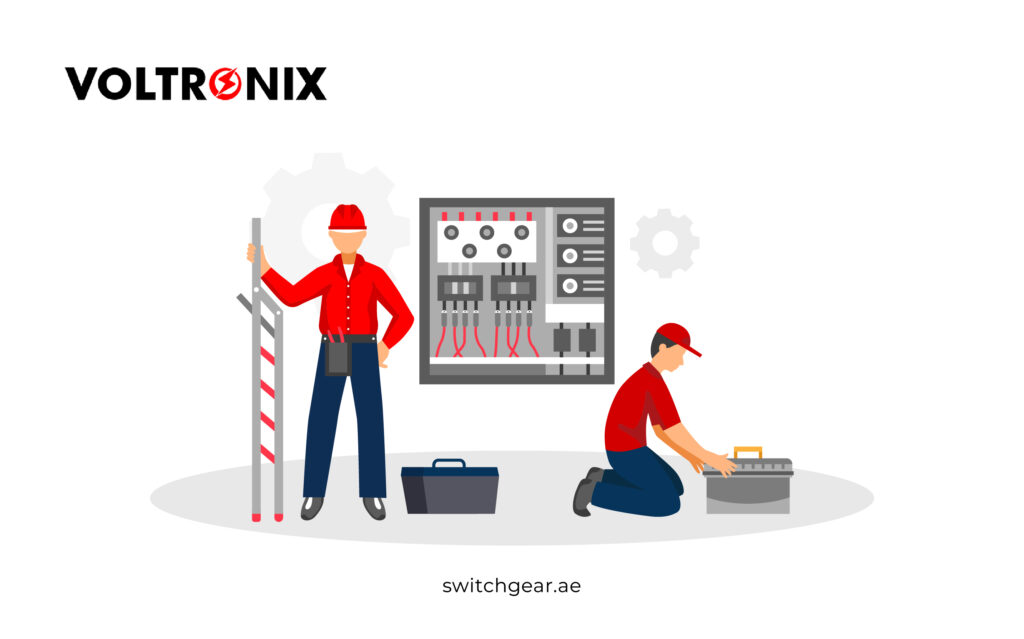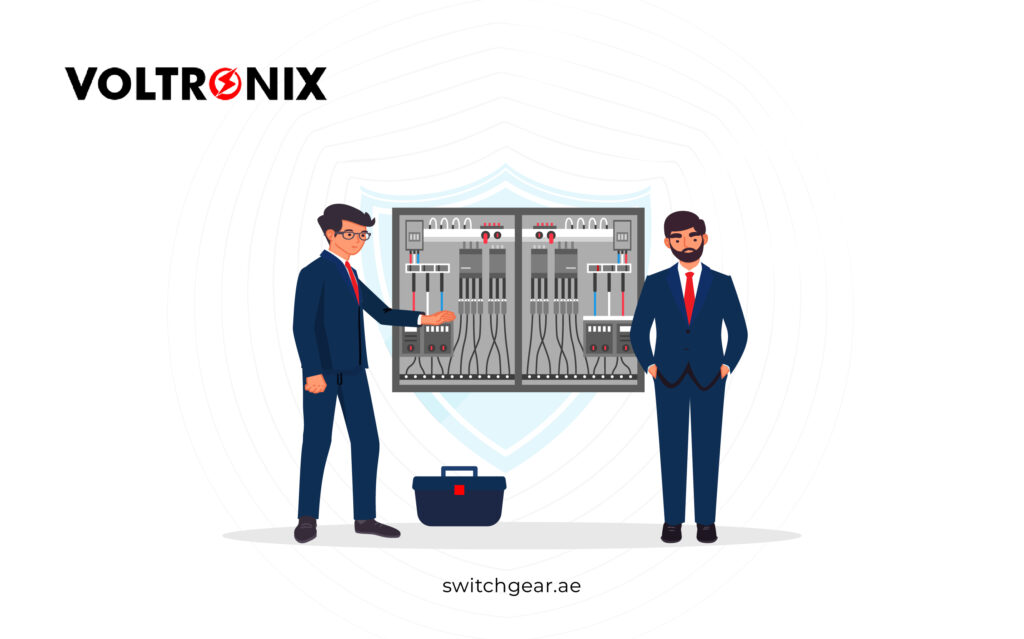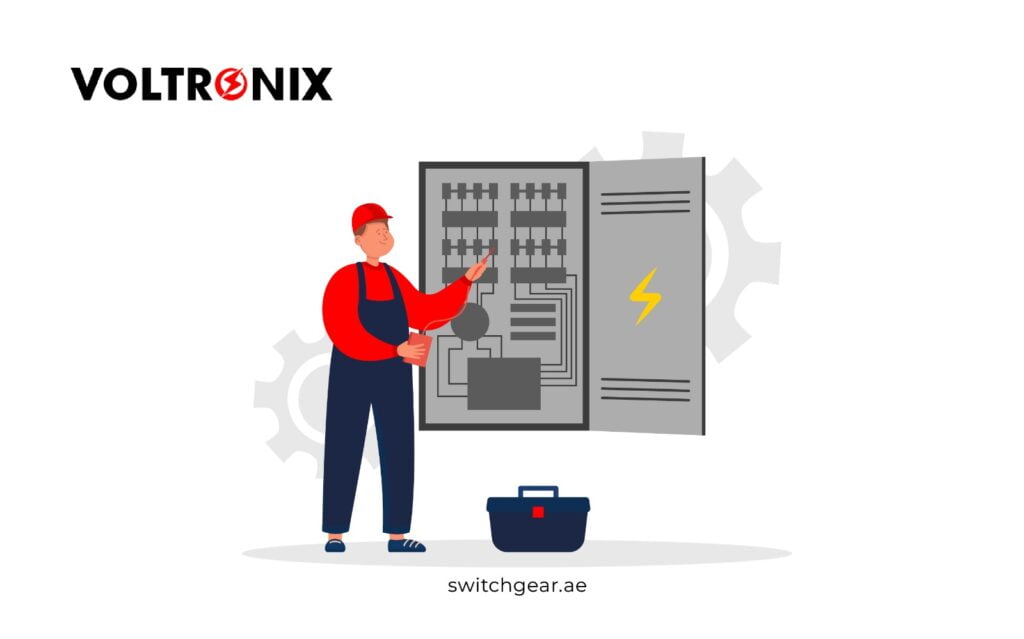During the late 1960s, PLCs were created to do away with the high cost of replacing complex relay-based machine control systems; these were rigid systems. Every time the manufacturing specifications changed, the control sequences had to be altered, and their extensive rewiring or total replacement was required. A breakthrough development in the industrial control industry was replacing relay systems with adaptable microprocessor-based Programmable logic controllers.
Design and Build of PLC Controlled Electrical Switchgear: Key Considerations
To ensure optimum performance and safety, it is important to carefully examine various issues while designing and developing electrical switchgear that PLCs control. Here are some important factors to think about and best practices to follow.
- System prerequisites – Identify the features and characteristics required from the switchgear by understanding the specific requirements of the electrical systems. Remember to consider variables like vo;tage levels, load capacity, control logic, communication protocols, and any applicable standards or laws for your industry.
- Selection of PLC – Select a PLC that satisfies the system requirements. Think about things like processing speed, memory capacity, and software compatibility, as well as I/O and memory capabilities. Verify the PLC has the appropriate safety and dependability certifications.
- Safety considerations – Highly prioritize safety in the design by including suitable safeguards such as circuit breakers, fuses, grounding, and insulation coordination. Put emergency shutdown systems and safety interlocks in place to safeguard people and equipment risk situations.
- Layout and wiring – Consider aspects like signal integrity, separating power and control wires, and ease of maintenance while planning the wiring arrangement. Consider the industry standards and best practices when sizing, labeling, and routing cables. Make careful you coordinate the grounding and insulation effectively.
- Maintenance and record management – Continually update the design’s detailed documentation, including software programs, wiring diagrams, and electrical schematics. This documentation supports future updates, maintenance, and troubleshooting. Create a maintenance schedule to ensure consistent testing, inspection, and preventive care.
Design and Build of PLC Controlled Electrical Switchgear: Best Practices
- Safety
A safety review must be completed before applying a PLC to a machine or activity. Several manufacturers offer PLCs with special safety-related capabilities built right in. Safety relays are advised for emergency stop circuits, light curtains, safety mats, guarding devices, and interlocking switches.
- Earthing
In industrial control systems, poor grounding has led to numerous issues. Every well-designed panel should have a single location to attach the system ground. Employing a ground hook and a ground bar is customary. When mounting the grounding hook and ground bar to the sub panel, scrape the paint off.
- Environmental Considerations
It is necessary that PLCs need to be shielded from heat, extremely cold temperatures, and electrical surges. Verify that you have read the PLC and related modules’ specifications. The enclosure interior can be kept at the proper temperature using cooling devices such as fans, air conditioners, coolers, and pneumatic coolers.
- Electrical System Planning
Use a master control relay (MCR) at all times. When all emergency stop pushbuttons and other safety devices are engaged, and the user presses the control start push button, the latching relay circuit energies The MCR can often be de-energized using a controlled stop push button in the circuit.
- Control Voltage
The de facto standard for control voltages is moving towards 24Vdc. However, 120 Vac is still widely used.
- Layout structure
It is a good idea to leave three to four inches below the PLC device or chassis for wiring. PLC manufacturers give instructions for installing the device. Always make sure you have left enough space around the PLC for airflow.
To conclude, To achieve the best performance, safety, and dependability, PLC-controlled electrical switchgear design and construction must consider several important variables. Companies can successfully implement switchgear that satisfies the unique requirements of their electrical systems by carefully understanding the system requirements. You can get assistance from our company experts with any clarifications. Contact us for more information.



